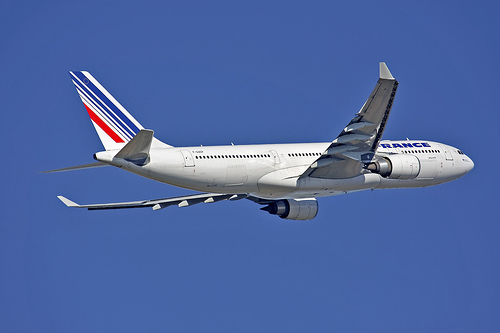The recent disappearance of Air France Flight 447 off the coast of Brazil raises the question of how airports prepare and handle emergencies. Although the A330 did not send out a distress call, or was able to return, or divert to a nearby airport, airports are prepared for such events, and have very strict protocols of how to deal with various emergencies that occur on the airfield.
All FAA Part 139 airports in the United States are required to have an Airport Certification Manual with an outline of procedures for response teams, such as ARFF (Aircraft Rescue Fire Fighting), law enforcement, and airport operations in order to respond to emergencies ranging from aircraft alerts to medical situations. Airports in other countries that are regulated or lease any part of the airfield from the government will have similar regulations in place. An airport needs to be regulated and occasionally audited to ensure that airport staff is adequately trained to deal with such emergencies.
Flights that have been victim of a hijacking, bomb threat, or mechanical failure are serious instances that require special training. Typically, when a Captain receives notice of a bomb threat or hijacking, the aircraft will land immediately and airport officials will direct the aircraft to a safe and unpopulated area of the airfield. Law enforcement officials will be escorted to the aircraft where they will take incident command and proceed with their own procedures.
When Hurricane Katrina struck Louisiana, the city of New Orleans did not have a plan of scale to evacuate elderly residents and those without transportation. The city, which owns the airport has devised an emergency plan, with the help of a private company, and approved by government officials is now in place for the next potential hurricane. The plan includes preferred routes for traffic flow into the airport facility for those being bused or flown out.
Air France Flight 447, an Airbus 330, was flown into a strong storm off the coast of Brazil where it suffered from severe turbulence and a possible lighting strike which may have induced an electrical failure, ultimately causing it to go down. The flight crew reportedly never declared an emergency, but if they were closer to the shore and were able to glide with or without power to a nearby airport, it would have been classified as an Alert III, the most serious of all aircraft emergencies. The airport would be responsible for responding with ARFF and medical teams to evacuate passengers and crew. If the plane were disabled and crippled on the runway, the airline or owner would be responsible for removing it at their cost. The cost of removal is never the responsibility of the airport, but if an actual large scale crash does occur in the vicinity of the airport, a closure is imminent until it can be cleared.
[Article provided by Jeffrey from Airport Chronicles exclusively for LateDeparture.com – Picture shows the disappeared Air France jet with the registration F-GZCP and comes from Flickr, some rights reserved]

